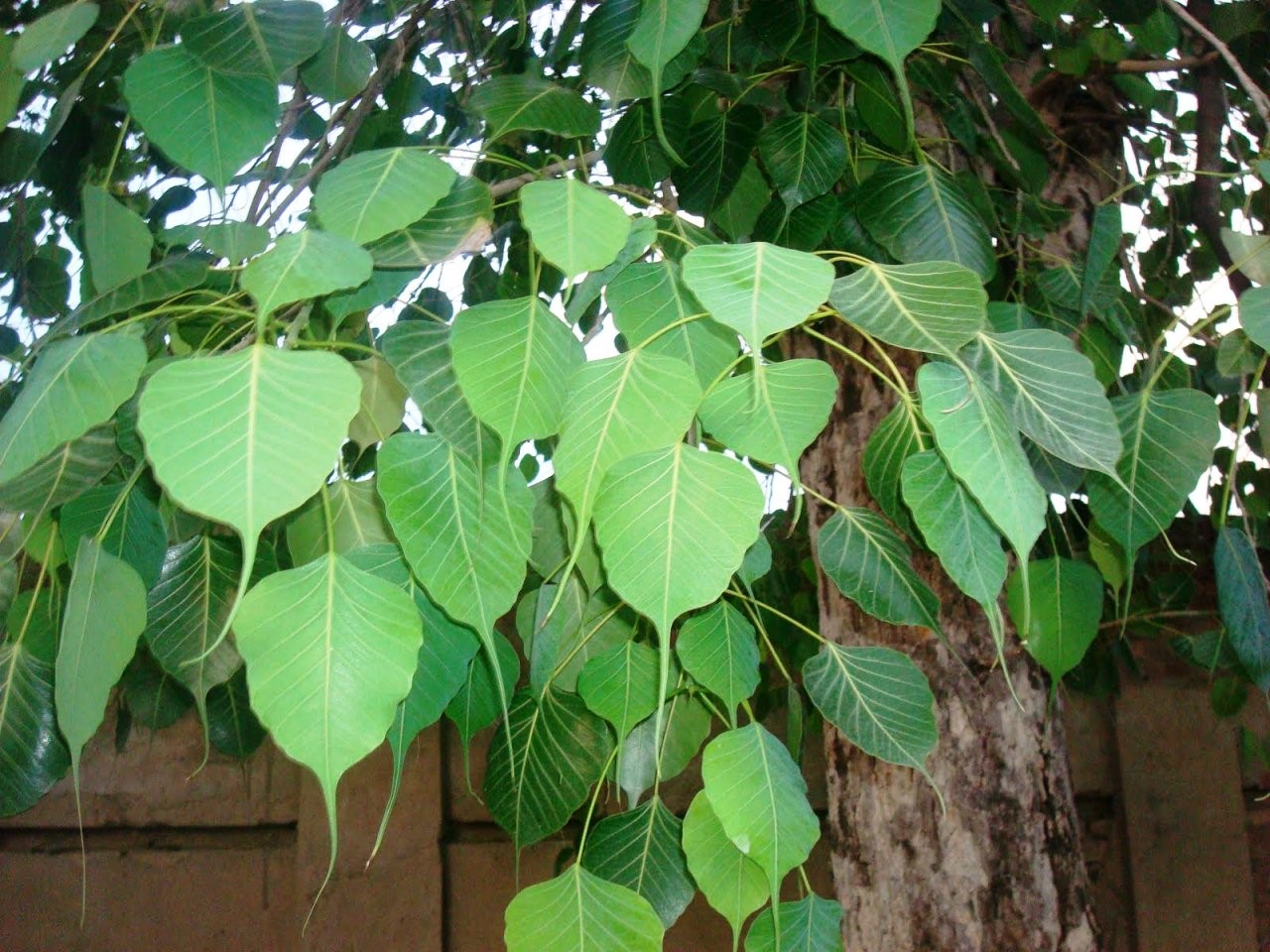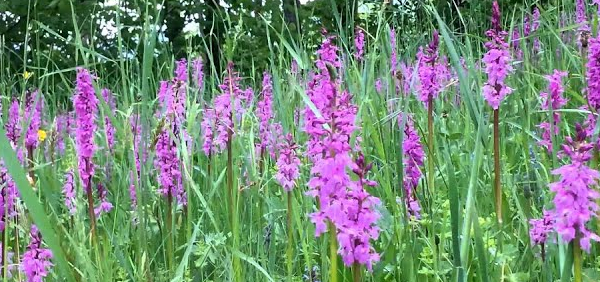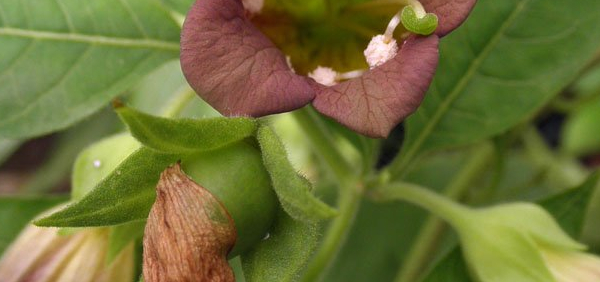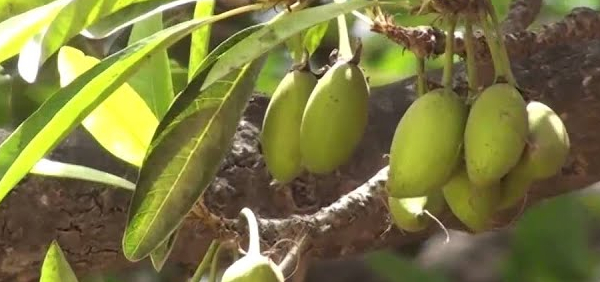ashvattha :

Cultivation:
Ficus religiosa is grown by specialty tree plant nurseries for use as an ornamental tree, in gardens and parks in tropical and subtropical climates. Peepul trees are native to Indian subcontinent and thrive in hot, humid weather. They prefer full sunlight and can grow in most soil types, though loam is the best. When planting, use soil with a pH of 7 or below. While it is possible for the plant to grow indoors in a pot, it grows best outside. Young peepul needs proper nourishment. It requires full sunlight and proper watering. Sacred fig occurs naturally in submontane forest regions.
In the Middle East, it is preferably planted as an avenue or road verge tree. In the Philippines and in Nicaragua the species is cultivated in parks and along roadsides and pavements, while in Paraguay it occurs in forests at lower elevations.
Propogation:
Seed - germinates best at a temperature around 20°c
Air layering
Tip cuttings around 4 - 12cm long, taken from lateral branches
Harvesting:
The tree is harvested from the wild for local use as a food, medicine and source of materials. It is cultivated in the tropical regions of the world, mainly as ornamental tree with various uses[- » Classification and names of ashvattha
- » Synonyms and definitions of ashvattha
- » Drug Properties of ashvattha
- » Chemical Constituents of ashvattha
- » Standardization of ashvattha
- » Parts used and Dosage of ashvattha
- » Morphology and Histology of ashvattha
- » Distribution and Conservation of ashvattha
- » Cultivation of ashvattha
- » ashvattha in the market
- » Medicinal Uses of ashvattha
- » Researches and clinical trails of ashvattha
- » ashvattha in other sytems of medicine
- » Ayurvedic formulations with ashvattha
- » Images of ashvattha













